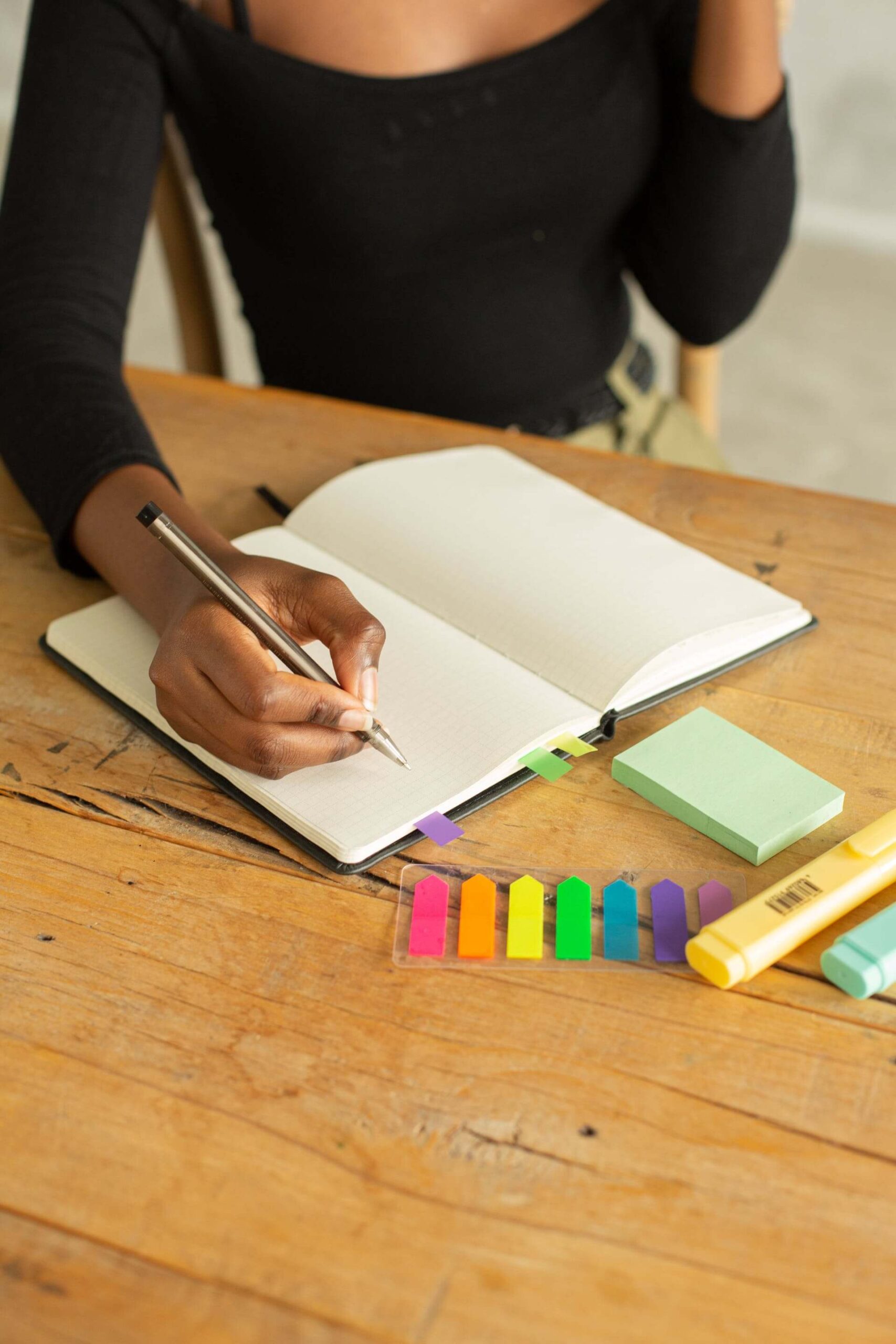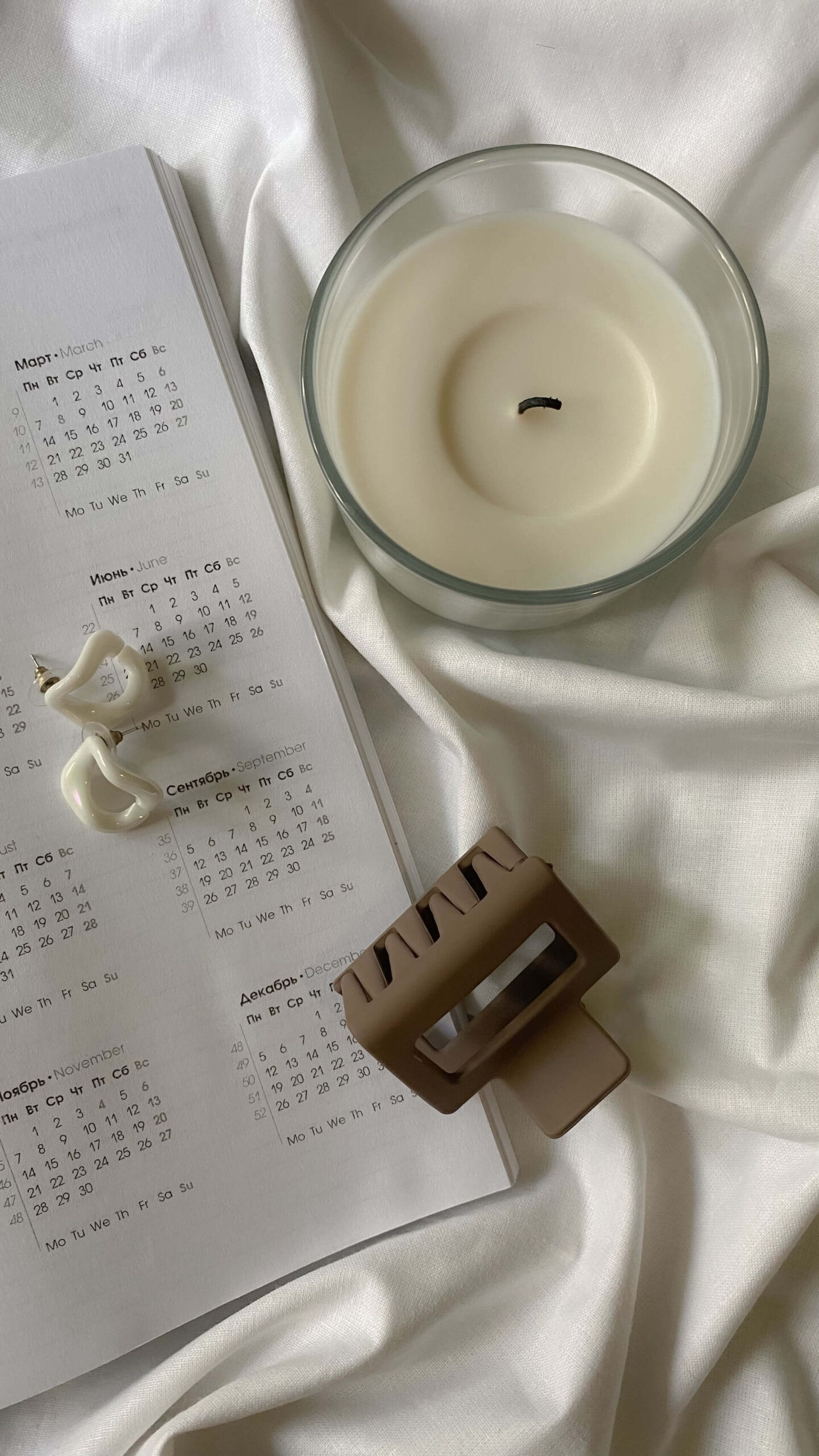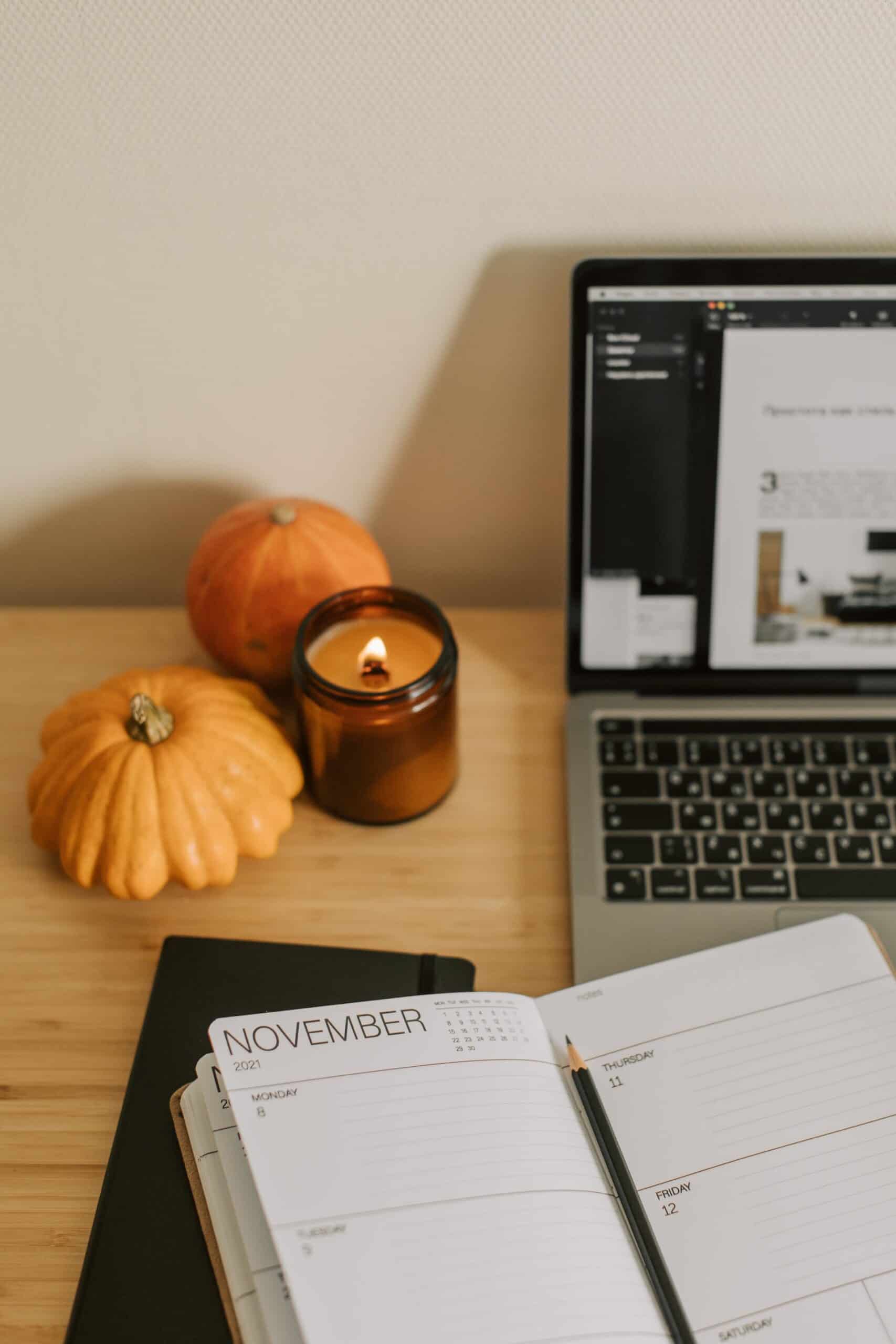Do you struggle to build habits?
Alternatively, is starting new habits simple for you but keeping them a problem?
If so, you’re not alone!
So many of us make plans to change our lives but end up not following through or giving up pretty early (see failed New Year’s Resolutions as an example).
Did you know that there is a way to simplify creating new habits?
Enter, habit stacking.
With the help of habit stacking, creating new practices becomes much more manageable and attainable. And, the best part is, it’s easy to do!
This article will cover what habit stacking is, why it’s beneficial for new practices, and simple ways to implement it.
Habit Stacking: The Essential Step For Building New Habits

What is Habit Stacking?
The definition of habit stacking is adding a newly selected habit to an existing practice that you’re already doing.
Rather than starting a new practice cold turkey, habit stacking gives you something to anchor your new goal.
For example, rather than trying to implement a new flossing habit independent of any other actions, you could increase your likelihood of success by adding flossing to your already well-established morning or evening tooth-brushing session.
In this scenario, you’re increasing the likelihood of completing the new habit by tying it to something you’re already doing.
The two tasks are related (both are for teeth hygiene), you’re likely to remember to floss before or after brushing your teeth, and you don’t have to drastically change anything you’re doing to add the task to your routine.
For more detail on habit stacking, check out the fantastic book “Atomic Habits” by James Clear. His breakdown is detailed, easy to follow, and an excellent resource for beginning new habits.

What Are the Benefits of Habit Stacking?
So, you’re probably wondering about the benefits of habit stacking. You’re still having to incorporate new practices, which is often challenging to do. How can habit stacking help with that?
After all, creating new habits can be highly challenging.
You’re essentially attempting to change your natural inclinations to add something new to your life or omit something that you want to get rid of.
Many of us don’t succeed with new habits for several reasons: taking on too much at once, selecting changes that are unrealistic for us, forgetting to do the new practice, or simply not being able to stick with the pattern we chose.
Habit stacking helps to simplify the process of adding new habits to your life.
A significant benefit of habit stacking is that it helps you incrementally add new habits without overhauling your entire life or routine.
Using existing habits to signal your mind to remember and complete a new pattern helps to increase the probability of success.
Establishing a pattern quickly and effortlessly is the ultimate goal to ensure success!
Additionally, establishing good habits can be wildly beneficial for our health, wellbeing, businesses, and nearly every other area of life.

How To Start Habit Stacking
So, how do you start habit stacking?
The first step to implementing habit stacking is establishing the new practice you’re setting out to add to your existing habits.
To get started, ask yourself the following simple questions:
- What is the new habit you’d like to incorporate into your life?
- Is it an hourly, daily, weekly, monthly habit?
- Is there anything you’re already doing regularly that is similar?
- Are there any existing habits that you follow that would be a natural trigger to complete the new practice?
The goal is to find the most common sense and effective current habit and anchor the new practice to it.
Once you’ve determined the habit you’d like to add to your life, select a current practice or routine you’d like to work it into.
Your present routine or practice should prompt you to act on the new habit for the best results.

Habit Stacking Ideas
Do you need some inspiration or examples for ways to start stacking habits in your life?
I’ve provided habit stacking ideas for everyday practices that you can use to create your own routines or provide inspiration for the process.
- Existing Habit: I wake up and shower before starting my day every morning.
- New Habit: I will exercise for 20 minutes every day.
- Stack The Habit: I will exercise for 20 minutes every day after waking up and before showering.
- Result: Leveraging the natural inclination to shower after exercising before your established shower habit.
- Existing Habit: I drink coffee before eating my breakfast.
- New Habit: I will read ten pages of a personal growth book every day.
- Stack The Habit: I will read ten pages of a personal growth after drinking coffee and before eating breakfast every morning.
- Result: Accomplishing the goal of reading ten pages by sandwiching between two established parts of an existing routine.
- Existing Habit: I check social media on my phone every half hour while working (8 hours).
- New Habit: I will drink 64 ounces of water daily.
- Stack The Habit: I will drink 4 ounces of water every time I look at social media on my phone.
- Result: Drinking 8 ounces of water every hour for 8 hours equals 64 ounces of water consumed.
As these examples demonstrate, using routines and patterns that you’re already doing to tie your new habits into makes them easier to achieve.

Habit Stacking Tips
Starting the process with new habits can be simultaneously exciting and overwhelming. Try to keep the following tips in mind as you set out on your habit stacking journey.
Start With Small Habits
Start small rather than choosing a new habit that would require significant changes. Choose a tiny version of the new habit, like doing something for one minute after completing an established practice, to make the initial implementation easier.
Don’t Underestimate The Power of Small Changes
When starting something new, it can be easy to try and take on massive changes all at once. For an increased likelihood of success, try to fight the urge to do it all and understand that small changes can be extremely powerful.
Use A Planner To Map Out Your New Habit Stack
A planner makes it easy to map out your tentative plans and pencil in your habit stacks. Seeing it written (or typed) out is a great way to keep it top of mind.
Expect To Fail, But Don’t Get Discouraged
Okay, let’s get real for a second. It’s almost inevitable that your new habit will fall through at some point. If you know that failure is a high probability, you can prepare yourself and plan to push past it.
Add New Habits To Your Stack Incrementally
Once you’ve shown yourself (and your brain) that you’re capable of adding new habits to your routine, you can start adding other new patterns. It’s best to do this incrementally to avoid getting overwhelmed.
The Takeaway
If you’re struggling to implement new habits due to dread, forgetfulness, or lack of willpower, adding habit stacking to the process is a fantastic way to reinforce the likelihood of accomplishing the pattern.
The benefit to this practice is that it uses your well-established habits to anchor new customs to your routine.
Ultimately, habit stacking makes keeping new habits worlds less complicated.
Good luck with the new habits that you’re looking to set! With the right mindset and plans, you can do it!

Want More Articles Like This?
Check Out These Similar Articles Below:
9 Powerful Personal Growth Podcasts You Need To Hear
9 Amazing Personal Growth Websites That You Need to Know
25 Lazy Ways to Become “That Girl”
5 Simple Ways to Care For Yourself Starting Today
9 Powerful Ways to Implement a Life Reset in the New Year

Make new habits *easy* with habit stacking.
Real-Life
Work in Progress.
Founder. Writer.
Roxy is the creator of The Everyday Flourish, a relatable personal growth blog for women who are tired of burnout, chaos, and hustle culture.
A recovering overthinker and unofficial life guinea pig, she shares honest self-care strategies, ADHD-friendly productivity tips, and mindset shifts that actually feel doable.
Around here, personal growth comes with grace, not pressure - and a lot fewer to-do lists.








